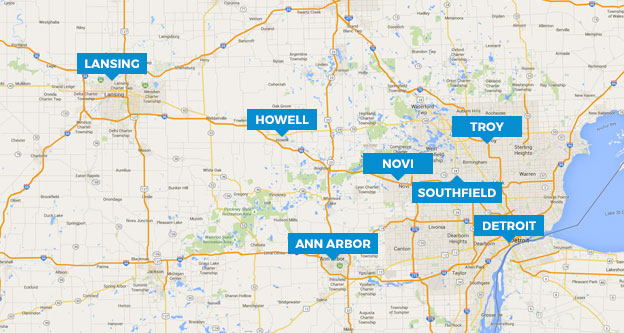Deducting your home office is usually a debated expense to take on your tax return. You may be reluctant to take this deduction because you did not keep good business records to claim the deduction. Recently, the IRS announced an optional safe harbor method for determining your home office deduction. If the safe harbor method is used, you are not required to keep records.
Safe harbor deduction amount
If you elect to use the safe harbor method, the deduction for home office is $5 multiplied by the square footage of the home office. The square footage can not exceed 300 square feet. Therefore, the deduction is limited to $1,500. The amount of safe harbor can be adjusted by the IRS.
Requirement to claim home office deduction
The requirements to claim the home office deduction still apply. For example, the space must be used exclusively for business and for employees, the home office maintained for the convenience of the employer. However, if you use the safe harbor method, you do not need to maintain records.
Switching from safe harbor to actual
Using the safe harbor method in one year does not limit you to use actual expenses the following year. But once you elect to use safe harbor in one year, you are not allowed to amend the return and change the deduction to actual expenses later.
Other considerations
The amount of the deduction can not exceed the gross income reported for the business.
You can not depreciate the home in the year the safe harbor method is used.
If the safe harbor method is used, you are able to fully claim deductions such as property taxes and mortgage interest on schedule A.
For more detailed information on the home office safe harbor deduction, you can read IRS Rev. Proc. 2013-13.
If you have any question on home office deductions, call ALG Tax Solutions 855-MI-Tax-Help (855-648-2943) or provide your contact information online.
IRS Circular 230 Disclosure: To the extent this writing contains advice on a federal tax issue, the advice is not intended to be used, and cannot be used, for the purpose of (i) avoiding penalties under the Internal Revenue Code, or (ii) promoting, marketing, or recommending to another party any transaction or matter addressed in this communication.





